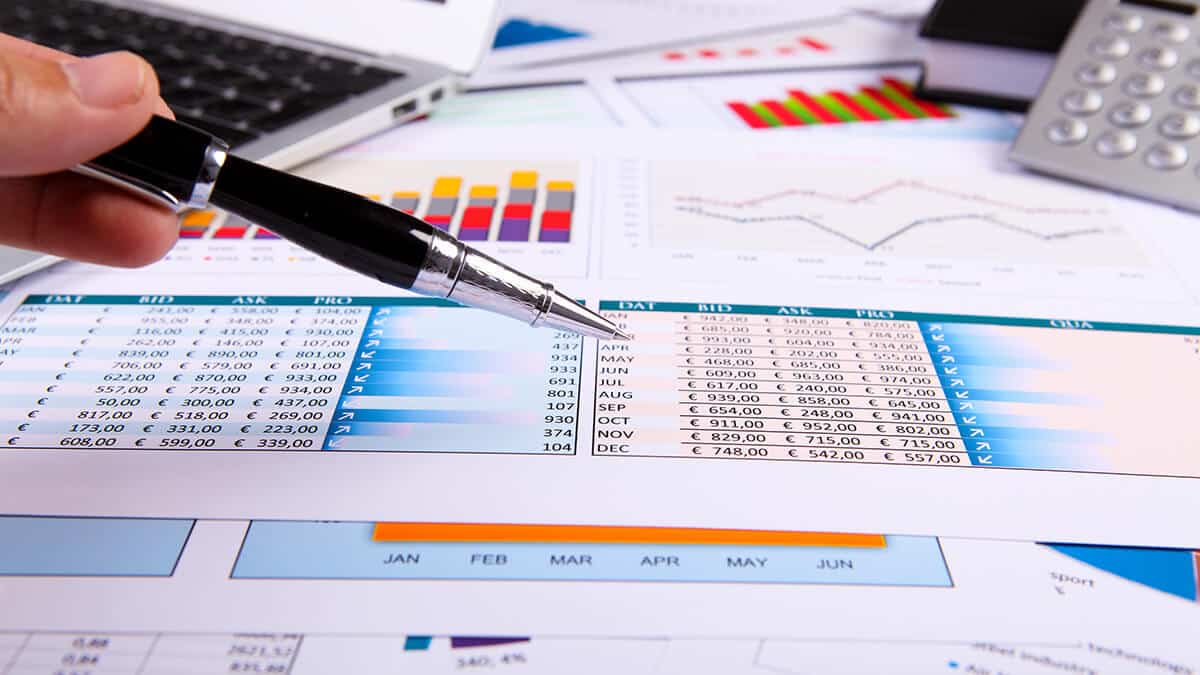In this guide
Mention a buy/sell spread and even the most interested super fund member will look confused, as this is one of the least understood costs of being a fund member.
So just what are these mysterious charges and how do they work?
What is a buy/sell spread?
Every time you or your employer make a contribution to your super account – or you switch investment options, take a lump sum withdrawal, pay a fee, or receive a super pension payment – it costs your super fund money to buy and sell investment assets.
Join SuperGuide to continue
Become a member and unlock everything you need to boost your super and make your retirement goals a reality.
- Discover best performing super and pension funds
- Experts detail tips and strategies to boost your retirement savings
- Interactive tools and calculators give you power to plan
- Step-by-step guides help you put plans into action
- Comprehensive super rules in plain language
- Newsletters and webinars keep you on top of the current rules



Leave a Reply
You must be logged in to post a comment.